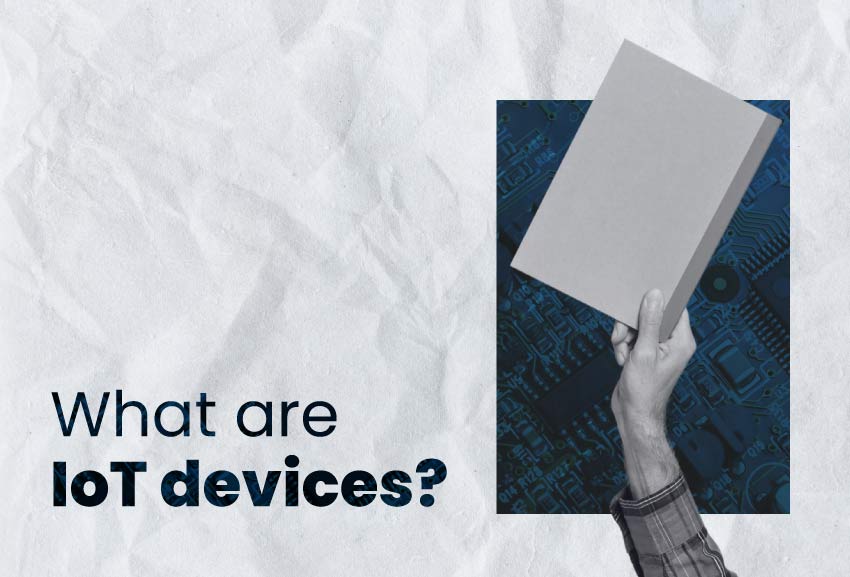In the world of electronics and technology, firmware programming plays a crucial role in ensuring the functionality and performance of several devices. Among smartphones, smartwatches, refrigerators, vacuum cleaners, and others, firmware is the silent hero that makes these devices work seamlessly.
Let’s explore in this article the importance of firmware programming, the different types of firmware that exist, and the different applications where firmware development companies can provide you with the best possible results.
Why is firmware programming important?
Usually entrepreneurs confuse firmware vs software, and it is normal, since these elements work together in a single project. However, we will focus on explaining firmware development.
When you care about the firmware program of your device, you ensure there is a “silent code” (as we mentioned above) that allows an IoT device (see IoT devices examples) or piece of hardware to execute a lot of processes in the background.
The embedded systems your device has need reliable firmware coding to make it work. For instance, if you need your product to connect to different sensors, or perform different IoT protocols, you need a good firmware to perform such tasks.
Without a stable or secure firmware, you risk the performance of your device, and the security of the data that is being collected or processed by the device (See why is IoT important).
Companies that build prototypes know how important it is to pay special attention to firmware development, that’s why they usually offer this service as a complement for the product development process (see IoT with Raspberry Pi).
Types of firmware
If you are starting as an entrepreneur, and you have doubts about which is the best firmware for your project, bear in mind that the firmware development you need will depend on how complex your project is.
You may probably know the BIOS firmware, which is primarily found in personal computers, and it is responsible for initializing and controlling the basic hardware components during the boot-up process. It plays a crucial role in the computer’s startup and ensures that the operating system can take over seamlessly.
On the other hand, embedded firmware (see embedded programming languages) is widely used in several electronic devices: microwaves, digital cameras, phones, tracking devices, among others. It is tailored to the specific needs of the hardware it runs on and is responsible for managing device functions, such as controlling buttons, sensors, and displays.
We can also talk about types of firmware programming in terms of low-level, high-level, and subsystem firmware.
Low level firmware often is programmed into ROM chips (Read-Only Memory). The thing about this firmware is that it can’t be rewritten or updated once it is programmed. The high level firmware has flexibility compared to the previous one.
Unlike the low level firmware, the high level option allows firmware updates and modifications when necessary. This means it becomes important for devices that constantly are exposed to adaptability and development needs.
For entrepreneurs, high-level firmware opens doors to innovation and continuous improvement. It enables their devices to stay current and competitive in a rapidly changing market. Startups in consumer electronics, IoT, and even robotics often leverage high-level firmware to introduce new features, fix bugs, and enhance the user experience.
Finally, subsystem firmware comprises embedded microcode that seamlessly integrates into flash chips, and central processing units (CPUs). In other words, it belongs to a part of an embedded system.
Firmware applications
Let’s see some applications of firmware development, how they play a crucial role in the performance of IoT solutions (what is an IoT solution):
1. Consumer electronics
In the consumer electronics area, firmware is one of the elements that ensures devices operate efficiently and provide a seamless user experience.
For instance, in smartphones, firmware manages the touchscreen, camera, and various sensors, ensuring optimal performance of the product.
2. Industrial Automation
In the industrial sector, firmware programming is used in IoT devices that can control machinery and equipment. Imagine devices that can perform predictive maintenance, or trigger alarms when the temperature of the machines present malfunctions.
3. IoT devices for home automation
IoT devices are perhaps the most prominent beneficiaries of firmware programming for home automation. They are crucial for ensuring a good connectivity between the different devices of the house, as well as the security protection, and power consumption.
For instance, by optimizing how devices use energy, firmware engineers can extend the battery life of IoT sensors and gadgets.
4. Healthcare
A good firmware program will be a great ally for medical prototyping, since these devices constantly monitor the vitals of patients in their house.
In case the device loses connectivity with the doctor’s dashboard, or there is any interruption in the data transmission, the firmware coding must be able to facilitate the proper storing of information in the device until the connection is reestablished.
Develop firmware for successful project
As you could see, the firmware of a device plays an important role in how the hardware performs and communicates with other products or systems. Since current devices count on several components such as microcontrollers, sensors, and PCBs, it is necessary to understand how they work and how to integrate them through well programming.
If you are looking forward to developing a new IoT product or piece of hardware, and you need a specialized team for coding firmware for you, click on the link below to know more about our services.





